How resolution is measured and what DPI and PPI are
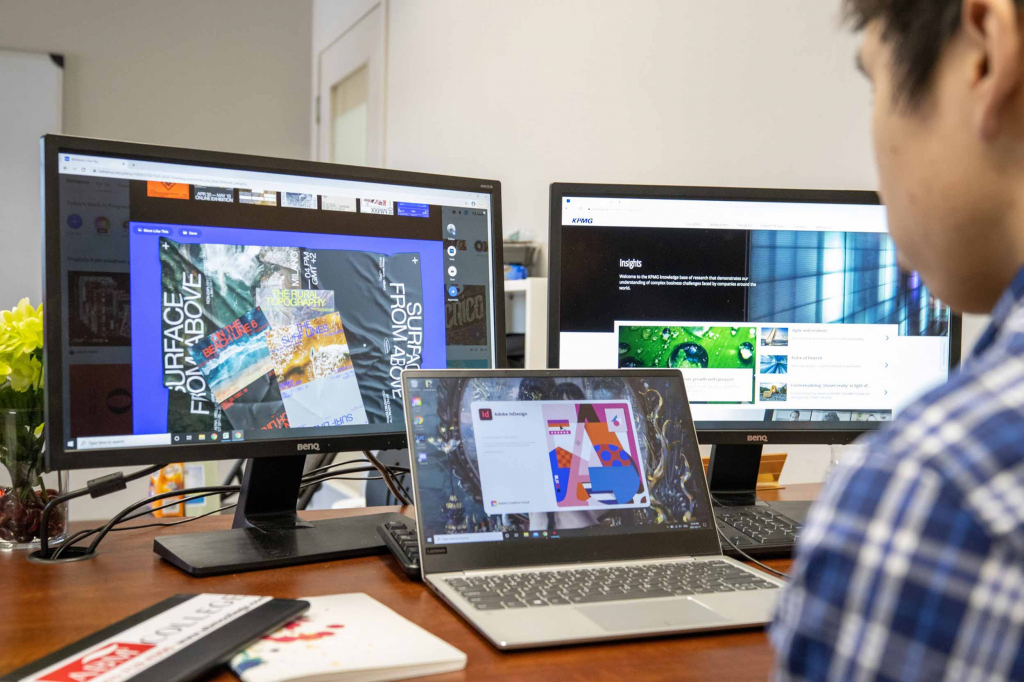
Surely it happens very often to talk about image resolution , low or high resolution, and maybe even to quantify with numbers, associated with the abbreviations DPI or PPI.
But perhaps you have rarely, if ever, wondered which of these units of measurement is correct or what they mean.
In reality it is very common that DPI and PPI are used in an equivalent way when you want to describe and measure the quality, therefore the resolution of an image.
However, these are units of measurement that refer to very different areas ; for this reason, confusing them or not knowing their meaning could cause you some headaches.
No problem! Let's take a quick look at what the abbreviations DPI and PPI mean, when and how they are used and how you should use these units of measurement in your graphic design projects.
What does DPI and PPI mean
In both cases they are acronyms and both indicate a way to measure the resolution , therefore the quality of an image, in particular of an image in raster format.
In fact, they refer to how much information the image contains within a defined surface. Obviously the greater the number of this information the higher the quality will be.
But how are they different? Here is the answer
What does DPI mean
As we have anticipated, it is an acronym (therefore an abbreviation formed by the initials of a series of words) which stands for dots per inch , which translated from English becomes "dots per inch" .
To make you understand exactly what dimensions we are talking about, I remind you that an inch corresponds to 2.54 cm.
But what "points" are we talking about? When we use DPI as a measure we always refer to printing on paper , so the dots are those of ink that the printer uses to reproduce the desired image.
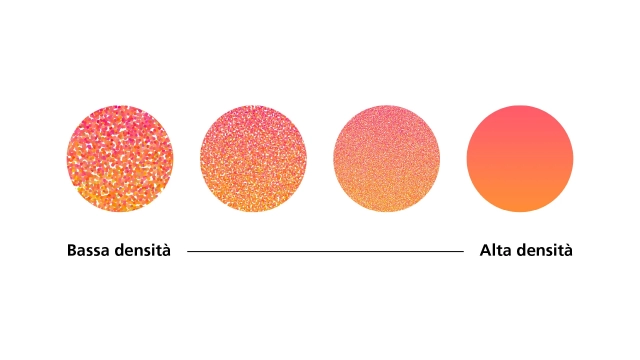
When we use a DPI measurement the associated color method is always CMYK .
The higher the density of dots per inch, the higher the print quality will be.
In reality, a clarification needs to be made: in print, PPE is a measure that we could define as more relative than absolute.
But by comparing the performance of different machines we could have the same quality in the face of different DPI values.
In this sense: there is no standard that defines how much an ink dot should measure. For this reason the print quality certainly grows proportionally to the value of the DPI if we always refer to the same machine.
The basic standard for printing images is commonly considered to be 300 DPI.
What does PPI mean
Just like for DPI, also in this case it is an acronym which stands for pixels per inch , so this time we are talking about "pixels per inch" .
The measurement of PPI therefore refers to images as we see and edit them through a screen . As you certainly know, the pixel is precisely the minimum unit in the digital sphere and corresponds to the single point of light that comes from a screen.
Dots which in turn are made up of smaller units of red, green and blue. In fact, when we talk about PPI we are talking about images that we see through a monitor, so the color method is RGB .
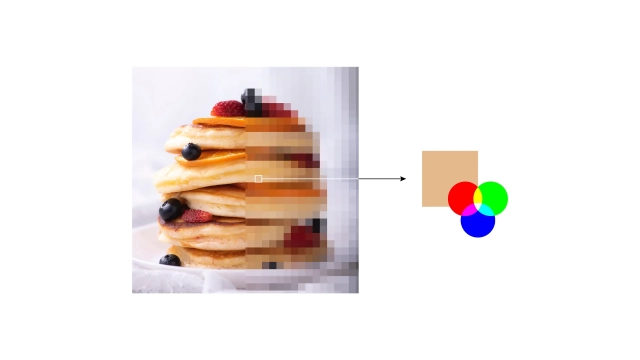
This method of measuring resolution is used both for images and for devices, therefore to know with what level of detail a screen is able to work.
Since the resolution of images is linked to that of the screens through which they will be viewed, this data can be useful when working on projects intended for the digital world.
No matter how high the resolution of the image you are working on, in fact, the result will never exceed the performance of the screen in terms of definition.
On the one hand, therefore, it is useless to use resolution values that are too high compared to those of the screens. On the other hand, you need a continuous update on the performance of the monitors of the various devices, to which you will have to adapt the definition of the images you produce .
When and how to use DPI or PPI
Let's start by saying that unfortunately, very often, you will have heard these two parameters used indifferently , or even worse, one in place of the other.
It happens above all because a lot of vocabulary in the graphic field comes from the world of printing and often hasn't adapted to digital contexts. It may therefore happen that the printers themselves request a particular DPI value for the export of the jobs that need to be printed.
Another reason why this confusion can occur is because in fact the PPI value , therefore the quality of the digital image, influences the print quality .
Having said that, however, always keep in mind that you can only intervene in the design phase on PPIs . Let's see how.
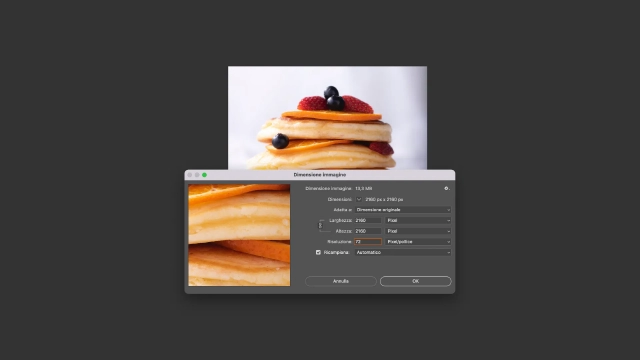
How to use PPIs
As I anticipated, this is the image resolution parameter you can adjust. It is also the measure that allows you to understand if an image that is provided to you, or that you can find on stock sites, is adequate for the needs of your project.
All major raster image editing software, such as Adobe Photoshop, allow you to adjust this parameter.
Just for Photoshop you can set the PPI of a file from Image > Image Size .
In this form, the value on which to intervene is precisely that of the Resolution .
In fact, if we increase the absolute value of the pixels that make up the image, in height and width, we are simply making it larger (resize) but not more "dense", therefore more defined.
If, on the other hand, we change the PPI value, the image does not change its absolute size, but the pixels it is made up of become more or less numerous.
Increase or decrease?
The choice of how to intervene on this parameter depends a lot on the ways in which the image will be used. In general it can be useful
- increase PPI: every time the image is published on a medium that requires very high definition. The most common case is print , but it could also be video for television or for large screens.
Attention: the pixels we add are the result of an interpolation , therefore inserted by the software based on the existing pixels. This action can therefore also introduce unwanted noise and the result should always be checked carefully. - decrease PPI: when the very high definition of an image is useless, or even harmful . A classic example is web publishing. In this case, in fact, the images should have PPI no higher than those of the screens through which they will be viewed.
Indeed, a lower resolution, and therefore a lower weight, are an advantage for the speed of the site on which they are loaded. Another significant case is that of social networks , or in general of platforms that upload images at a pre-defined quality. In all these situations, publishing an image with too high a quality can lead to a resample intervention made by the platform itself , which often makes the images grainy and difficult to read.
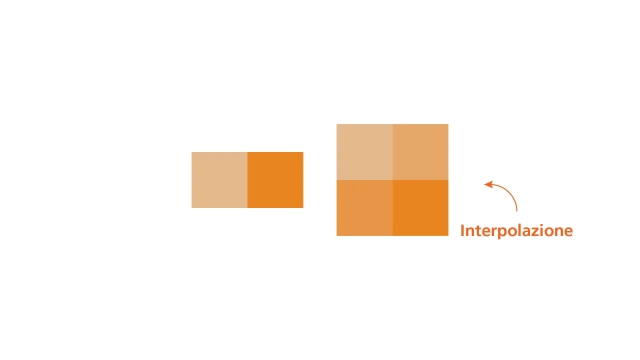
How to use PPE
As you will have understood, if you are dealing with a graphic project that will go to print, you really don't have to use this parameter.
Since we are talking about the print resolution , what you can do, however, is ask whoever will take care of this step what are the technical data of the machines used.
If you want to be even more certain about the result, I suggest you ask for a test print . As we have anticipated, in fact, it is not at all certain that the result of two different machines, even if set to the same DPI value, are identical.
However, it is very important that you compare yourself with the printing service you have chosen regarding the mode and quality of export, and therefore the PPI value required to ensure the desired results at the agreed dimensions .
When you subscribe to the blog, we will send you an e-mail when there are new updates on the site so you wouldn't miss them.
By accepting you will be accessing a service provided by a third-party external to https://www.insightadv.it/


































































Comments